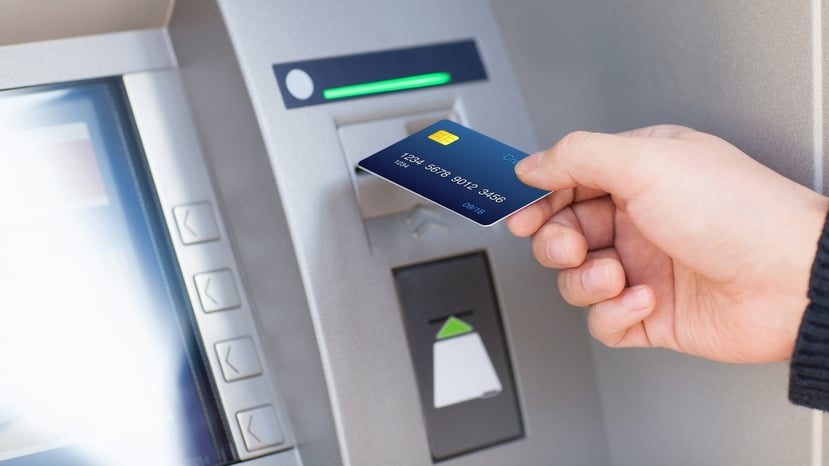
Americans of a certain age recall the not-so-distant days when one had to check the logos (“bugs,” in banking parlance) on the back of their card to confirm it would work at a given ATM machine or retail terminal. For this reason, financial institutions (FIs) join multiple networks to ensure sufficient reach for customers, particularly those who traveled outside their home region. As a result, the multitude of bugs on the back of cards made them look like a NASCAR driver’s coveralls.
Today this is not the case as the regional networks have expanded their operations and the majority now provide national reach. For the consumer, this has made using their debit cards more convenient and fostered a point-of-view oft shared by a certain TV that, “All networks are great these days.”
Nonetheless, we still encounter FIs running their transactions across as many as seven debit networks, either as a legacy of past acquisitions or a onetime need to build out their reach. It’s time to streamline those overly complex setups as to not do so represents a missed opportunity to improve the bottom line of FIs in this situation.
FIs Need Options — But Not Too Many
The Durbin Amendment shifted control of debit routing decisions to the merchants. We find that many FIs misinterpret Durbin’s mandate, however. Card issuers are required to make one alternative PIN network available — that is not affiliated with the primary card brand. It’s a subtle distinction, but it does not necessarily require two networks. It certainly does not require three or more, which many FIs continue to enable.
What is the harm of dispersing payment traffic over multiple PIN networks? One obvious downside is the potential loss of volume discounts from aggregating traffic across a smaller number of providers. The bigger issue, however, stems from the merchant side of the equation. With the merchants holding the cards — so to speak— networks often strike special deals with them to gain more volume. From a merchant perspective, the greater the volume the greater the discounts. The more PIN network options an issuer leaves open, the greater the opportunity for merchants to chip away at the FI’s top line.
FIs with less than $10 billion in assets should also revisit their PIN-less debit agreements, because this growing practice stands to further erode revenue as transaction caps are raised. And ironically, FIs over $10 billion may find a reason to de-emphasize signature transactions in their card strategies. Despite their higher interchange, signature debit’s elevated cost structure may leave FIs in a worse net position. There’s no shortage of nuances to consider.
Set It, Don’t Forget It
The “set it and forget it” approach to card network agreements has been par for the course for years. Because increasing transactions have caused interchange revenue has been on a continual upward trend, it’s easy to assume all is fine based on a cursory review. However, the longstanding growth curve in debit transactions may be masking serious mix issues below the surface. Nearly all debit growth is now coming from e-commerce. Meanwhile, chip readers and wireless terminals brought tableside at restaurants are moving even more in-person transactions away from signature in favor of PIN.
Notwithstanding minor regional quirks — such as competitive motivations — the top-tier PIN networks have reached parity in terms of uptime, system redundancy and other key metrics. Now is the time to ensure your debit programs are optimized — and to mark your calendars, because what’s optimized today won’t necessarily be a few years later.


